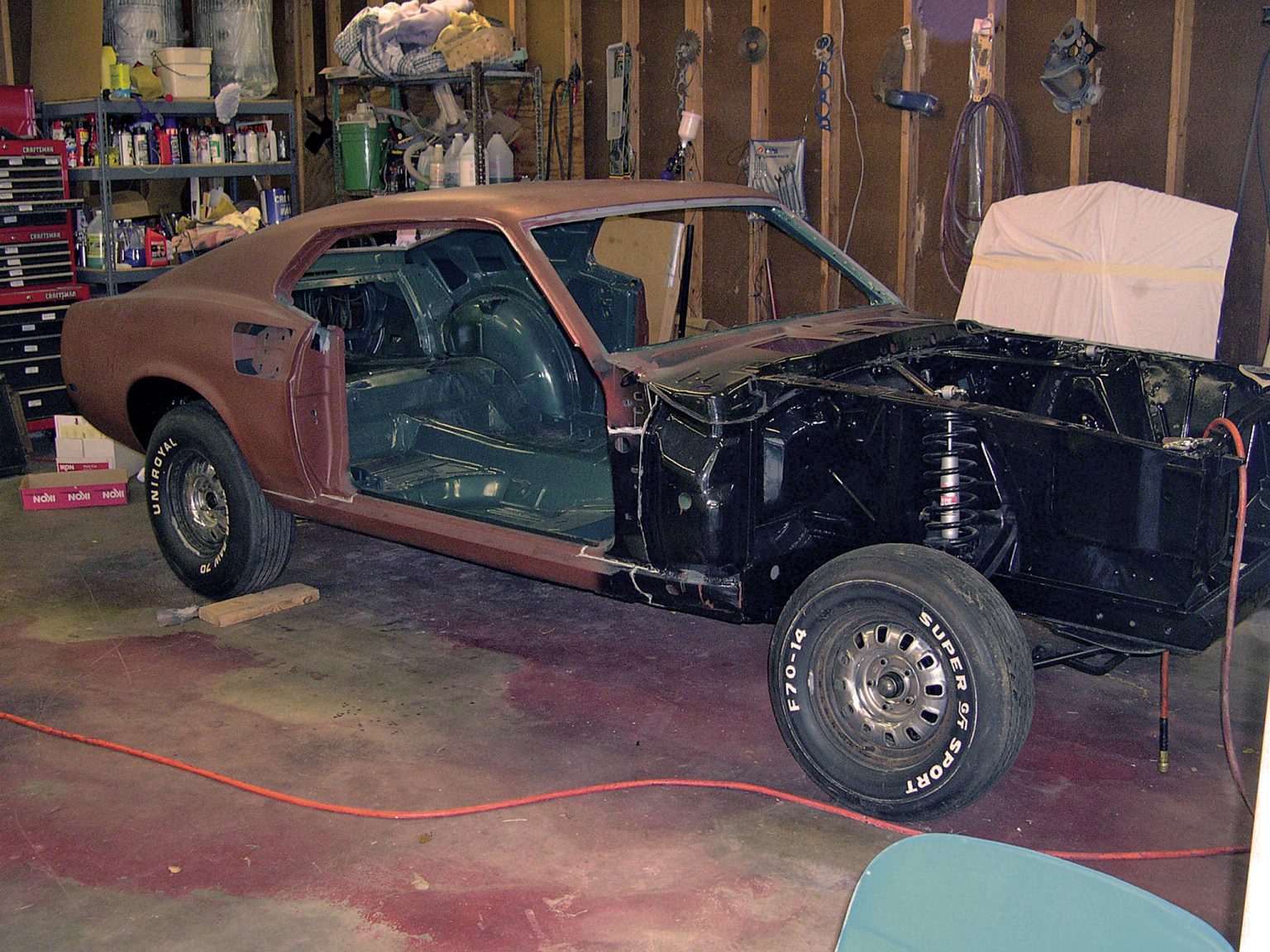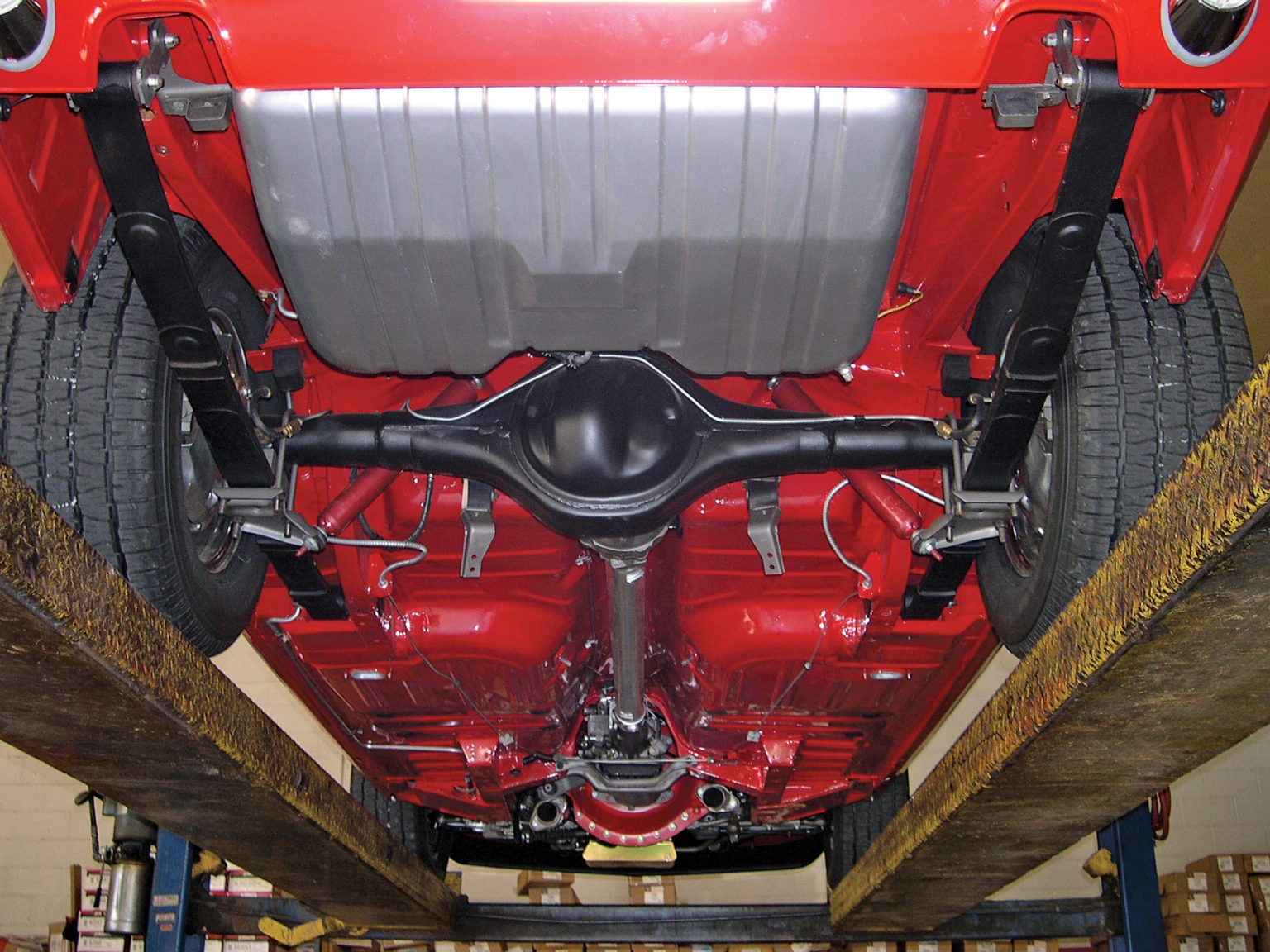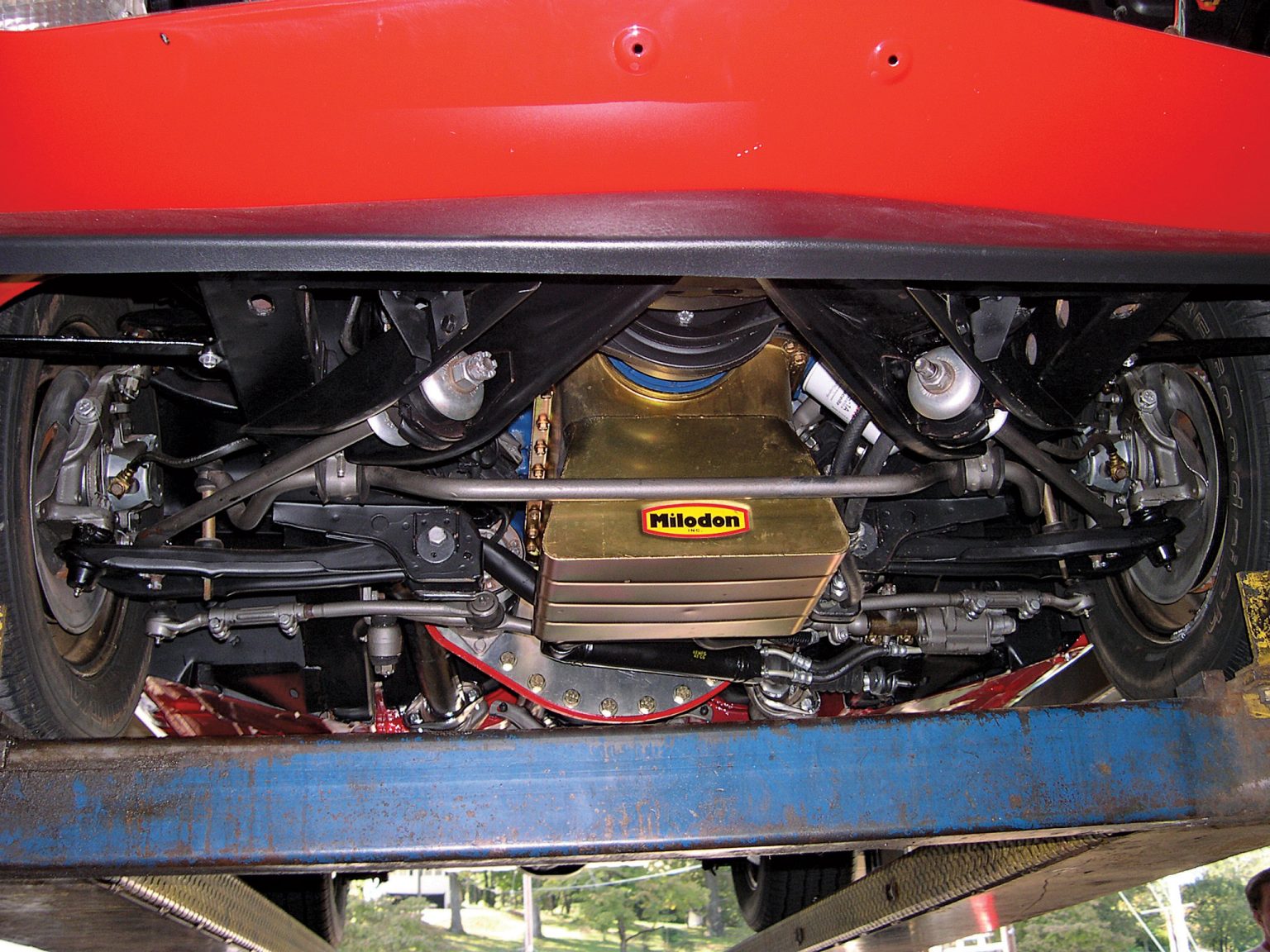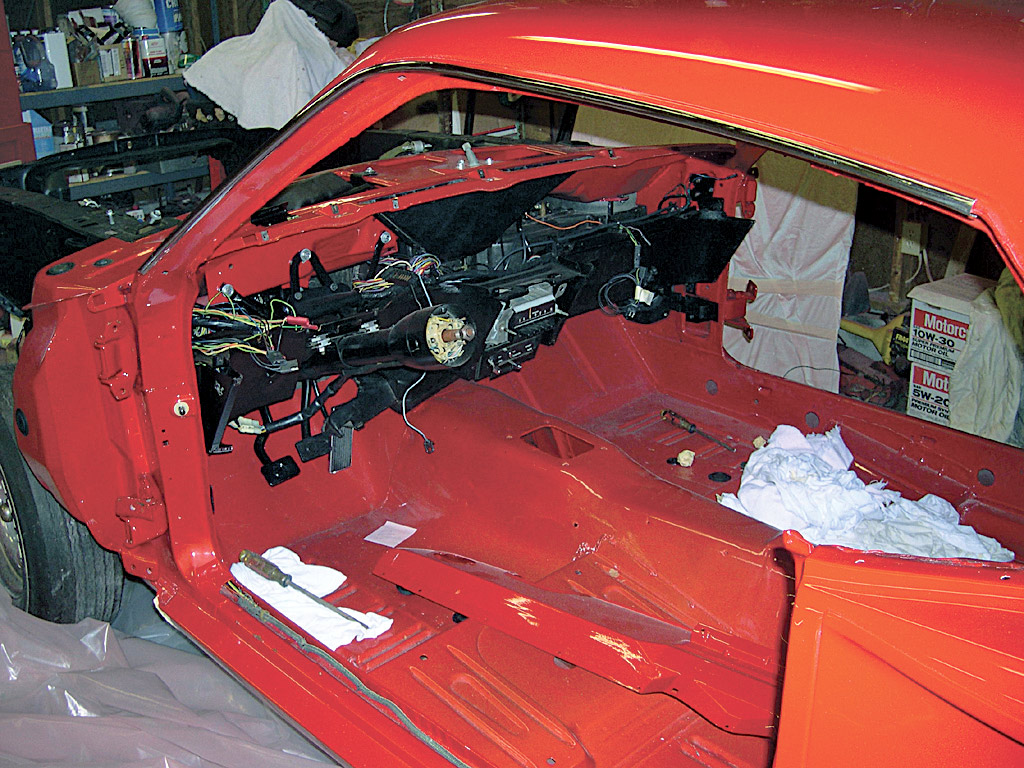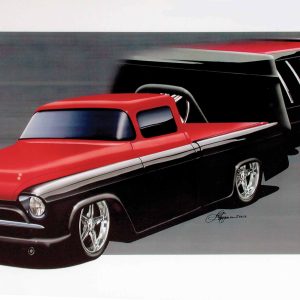
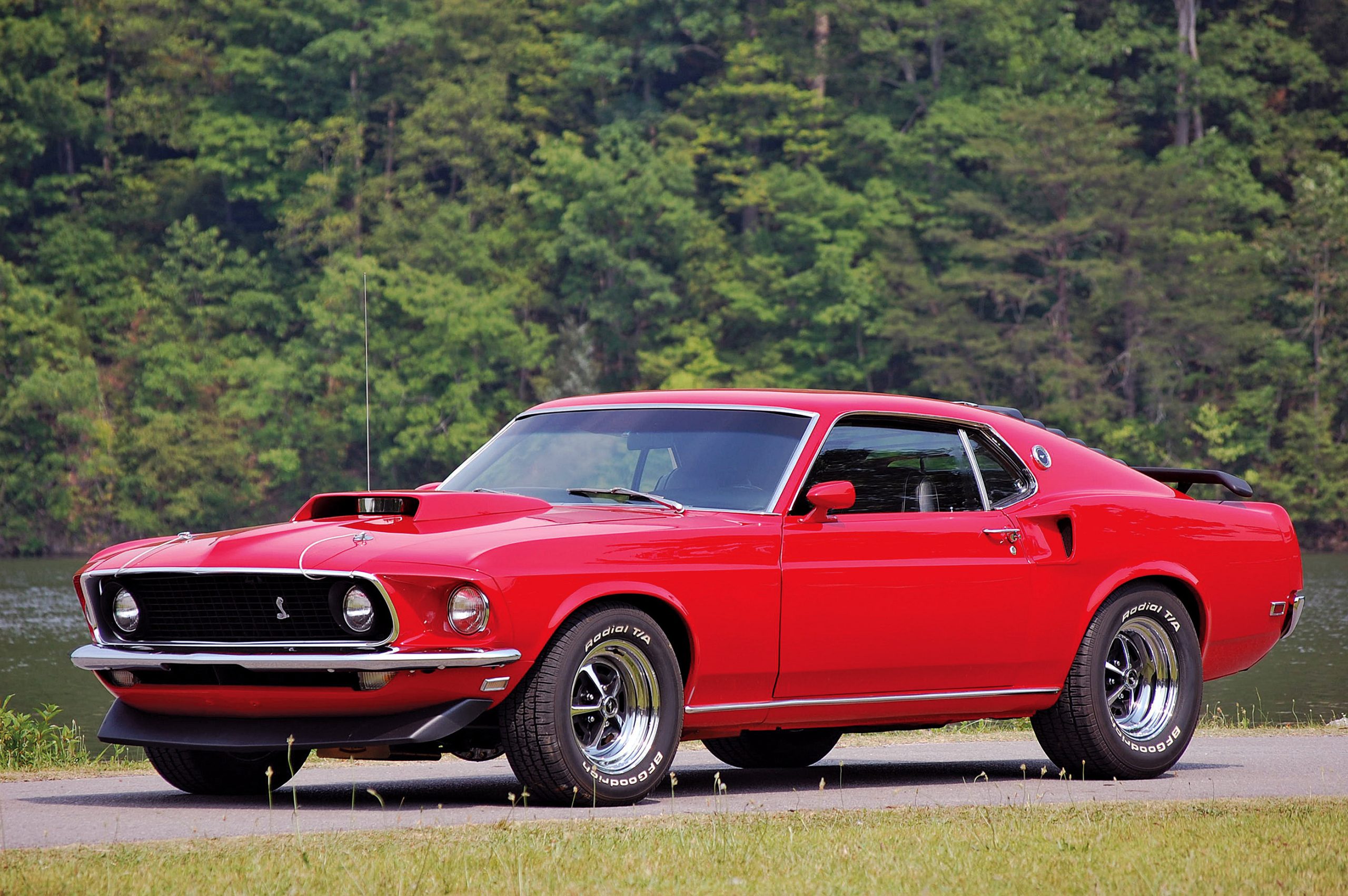

THE AUTO BUILDER
Featured
- All Post
- 20 High Priority - SR Super Rod
- Builds
- 25 High Priority - FB Ford Builder
- Cars
- 30 High Priority - AR American Rodder
- 01 Post Status
- 35 High Priority - RD Rodders Digest
- 40 High Priority - OTR On the Road
- 45 High Priority - SRB Street Rod Builder
- 50 High Priority - TB Truck Builder
- 55 High Priority - BSCENE Buckaroo Scene
- 60 High Priority - FPB Family Power Boat
- Trucks
- Swaps
- Performance Boats
- _000 Home Sliders
- Builders
- 00 Sidebars
- Manufacturers
- 05 High Priority - HCI Hot Compact Imports
- 05 Publications
- 10 High Priority - CR Chevy Rumble
- Back
- Chassis
- Engine
- Fuel System
- Electrical
- Exhaust
- Transmission / Drivetrain
- Suspension
- Steering
- Brakes
- Wheels and Tires
- Interior
- Exterior
- Accessories
- Power Adders
- Back
- Chassis
- Engine
- Fuel System
- Electrical
- Exhaust
- Transmission / Drivetrain
- Suspension
- Steering
- Brakes
- Wheels and Tires
- Interior
- Exterior
- Accessories
- Power Adders
- Back
- Chassis
- Engine
- Electrical
- Exhaust
- Fuel System
- Transmission / Drivetrain
- Suspension
- Steering
- Brakes
- Wheels and Tires
- Interior
- Exterior
- Accessories
- Power Adders
- Back
- Chassis
- Engine
- Electrical
- Exhaust
- Fuel System
- Transmission / Drivetrain
- Suspension
- Steering
- Brakes
- Wheels and Tires
- Interior
- Exterior
- Accessories
- Power Adders
- Back
- Chassis
- Engine
- Fuel System
- Electrical
- Exhaust
- Transmission / Drivetrain
- Suspension
- Steering
- Brakes
- Wheels and Tires
- Interior
- Exterior
- Accessories
- Power Adders
- Back
- Chassis
- Engine
- Fuel System
- Electrical
- Exhaust
- Transmission / Drivetrain
- Suspension
- Steering
- Brakes
- Wheels and Tires
- Interior
- Exterior
- Accessories
- Power Adders
- Back
- Chassis
- Engine
- Fuel System
- Electrical
- Exhaust
- Transmission / Drivetrain
- Suspension
- Steering
- Brakes
- Wheels and Tires
- Interior
- Exterior
- Accessories
- Power Adders
- Back
- Engine
- Fuel System
- Electrical
- Outdrives
- Steering
- Interior
- Accessories
- Power Adders
- Exterior and Hull
- Back
- Chassis
- Engine
- Electrical
- Exhaust
- Fuel System
- Transmission / Drivetrain
- Suspension
- Steering
- Brakes
- Wheels and Tires
- Interior
- Exterior
- Accessories
- Power Adders
- Back
- Chevrolet
- Cadillac
- Pontiac
- AMC
- Buick
- Jeep
- Lincoln
- Ford
- Honda
- GMC
- BMW
- Mitsubishi
- Dodge
- Nissan
- Chrysler
- Subaru
- Toyota
- Plymouth
- Mercury
- Volvo
- Volkswagen
- Oldsmobile
- Acura
- Back
- 05 Pub HCI Hot Compact Imports
- 15 Pub 4x4 4x4 Builder
- 20 Pub SR Super Rod
- 25 Pub FB Ford Builder
- 30 Pub AR American Rodder
- 35 Pub RD Rodders Digest
- 40 Pub OTR On the Road
- 55 Pub BSCENE Buckaroo Scene
- 10 Pub CR Chevy Rumble
- 50 Pub TB Truck Builder
- 60 Pub FPB Family Power Boat
- 45 Pub SRB Street Rod Builder
- Back
- Chip Foose
- Ring Brothers
- Jack Fuller
- Bob Cullipher
- Jerry Nichols
- Bobby Alloway
- Jesse James
- Carl Casper
- J.F. Launier
- Steve Sellers
- Boyd Coddington
- Rad Rides by Troy
- Cal Auto Creations
- George Barris
- West Coast Customs
- Back
- Street Rods
- Hot Rods
- Late Model
- Drag Race
- Handling
- Compact Cars
- Chassis
- Engine
- Fuel System
- Electrical
- Exhaust
- Transmission / Drivetrain
- Suspension
- Steering
- Brakes
- Wheels and Tires
- Interior
- Exterior
- Accessories
- Power Adders
- Chassis
- Engine
- Fuel System
- Electrical
- Exhaust
- Transmission / Drivetrain
- Suspension
- Steering
- Brakes
- Wheels and Tires
- Interior
- Exterior
- Accessories
- Power Adders
- Chassis
- Engine
- Electrical
- Exhaust
- Fuel System
- Transmission / Drivetrain
- Suspension
- Steering
- Brakes
- Wheels and Tires
- Interior
- Exterior
- Accessories
- Power Adders
- Chassis
- Engine
- Electrical
- Exhaust
- Fuel System
- Transmission / Drivetrain
- Suspension
- Steering
- Brakes
- Wheels and Tires
- Interior
- Exterior
- Accessories
- Power Adders
- Chassis
- Engine
- Electrical
- Exhaust
- Fuel System
- Transmission / Drivetrain
- Suspension
- Steering
- Brakes
- Wheels and Tires
- Interior
- Exterior
- Accessories
- Power Adders
- Chassis
- Engine
- Fuel System
- Electrical
- Exhaust
- Transmission / Drivetrain
- Suspension
- Steering
- Brakes
- Wheels and Tires
- Interior
- Exterior
- Accessories
- Power Adders
- Back
- 05 Post Imported
- 20 Post Missing Images (All)
- 25 Post Missing Images (Partial)
- 15 Post In Progress
- 30 Post Internal Review
- 40 Post On Hold
- 50 Post Approved
- 10 Post Images Imported
- 17 Post Missing TXT Files
- 18 Post Missing PDF Files
- 27 Post Missing Content
- Back
- Chassis
- Engine Swaps
- Interior Swaps
- Driveline
- Back
- Street Trucks
- OffRoad Trucks
- Chassis
- Engine
- Fuel System
- Electrical
- Exhaust
- Transmission / Drivetrain
- Suspension
- Steering
- Brakes
- Wheels and Tires
- Interior
- Exterior
- Accessories
- Power Adders
- Chassis
- Engine
- Fuel System
- Electrical
- Exhaust
- Transmission / Drivetrain
- Suspension
- Steering
- Brakes
- Wheels and Tires
- Interior
- Exterior
- Accessories
- Power Adders
- Back
- 01 Sidebar Left
- 01 Sidebar Right
Spotlighter
POPULAR READS
SLICK SLEEPER
Would You Expect to See a 501ci Big Block Under the Hood of This Mustang?
Author

Tommy Lee Byrd
Story & Photography
A Powerful Mustang Transformation
Although Mustangs from the late ’60s have plenty of power, this one exceeds factory ratings by a substantial margin. Big cubic inches and increased fuel and air delivery are part of the formula, giving the bright red SportsRoof huge horsepower numbers.
The Start of a Passion for Muscle Cars
Skiles got his start in muscle cars back in 1974 with a ’70 Torino GT equipped with a 429ci engine and four-speed transmission. From there, he was hooked on Fords. As a result, he has owned his share of them over the years. Skiles purchased this red Mustang from a man in Raleigh, North Carolina, and hauled the disassembled shell with several boxes of parts to his home in Soddy Daisy, Tennessee. Having built a few other muscle cars at home, Skiles knew the routine and picked up where the previous owner left off with the restoration process. Much to Skiles’ delight, the Mustang was a very solid car and didn’t require the use of patch panels or aftermarket pieces during the build. It’s always great to start with a nice car, and after nearly three years of working on the Mustang in his spare time, Skiles had a car he could count on and display with pride.
From Small Block to Big Block
Skiles’ Mustang was originally a Mach 1 model with a 351ci Windsor small block, but he wanted more power than the Windsor could provide, so he installed a big block. While doing so, he realized the original rearend might not be capable of supporting that kind of power and torque, so he pulled the already-beefy 9-inch rearend and rebuilt it to his specifications with a 3.70 gear ratio and a 31-spline Currie Traction Lock differential. On either side of the third member, 31-spline Moser axles transfer the power to the 15×8-inch Magnum rear wheels. The chrome and black Magnum wheels display an original look, as do the BFGoodrich white-letter tires. The front suspension remains stock, aside from the 2-inch lowering springs, but new components are in use for a better-handling and smoother-riding muscle car.
Building the Beast
Starting with an already-healthy big block, Skiles chose to rebuild the engine and make some extra power during the process. After a local machine shop prepared the block for its new components, Skiles installed an Eagle forged-steel crank with a larger 4.14-inch stroke. The new crank provides a better balance in the rotating assembly, and combined with the 0.030-inch overbore on the cylinders, produces 501 ci. A set of SRP forged pistons and Eagle H-beam rods are driven by the stroker crank and give the big-block Ford a 10:1 compression ratio for reliable power on pump gas.
Engine Performance Enhancements
Topping the short block is a pair of Ford Racing Super Cobra Jet aluminum heads that use 2.20-inch intake valves to import massive amounts of fuel and air. A hydraulic flat-tappet camshaft keeps the big block reliable and easy to maintain. Fuel delivery consists of a 1,050cfm Holley carburetor mounted to a high-flowing single-plane intake manifold. After an MSD distributor lights the fire, the 1.76-inch exhaust valves open, sending the spent gases through 1-3/4-inch primary header tubes and continuing into a 2-1/2-inch exhaust system.
Polishing the Final Product
When Skiles completed the engine, he knew it would make some serious power, but he wanted the engine to look great, too, and the Mickey Thompson valve covers provide that vintage look in combination with the Cobra-style air cleaner. After all was said and done, the potent 501ci big block had an aggressive bark, but only the chassis dyno numbers would display the strength of its bite.
Dyno Power Unleashed
With the ’69 Mustang strapped to the dyno, the rpm came up and so did the power, with a max output of 462 hp and 473 lb-ft of torque at the rear wheels. This far surpasses the 351 Windsor power numbers, and you can’t beat the sound of the aggressive camshaft. A Centerforce Dual Friction clutch gradually applies the power to the ’69 four-speed manual transmission, and a Hurst Competition/Plus shifter allows Skiles to bang the gears with ease.
Refreshing the Look
Upon purchasing the disassembled Mustang, Skiles noticed the green paint that covered the floor pans and knew the choice of hue would soon change. The previous owner stripped the car to metal and gave it a coating of epoxy primer to seal it from the elements. Skiles was pleased to know the Mustang was a very solid car that didn’t require patch panels or aftermarket body panels. All of the steel is original, and it didn’t take much negotiation to get the panels perfectly straight and ready for paint. Skiles prepared the car for a fresh coat of urethane paint and blasted on several coats of PPG Torch Red base, followed by a few layers of clear.
Final Touches
After countless hours of buffing and polishing, the bright red ’69 Mustang emerged from Skiles’ shop with a super-slick paint job. When most of the assembly was complete, Skiles installed the rear window louvers and front and rear spoilers that feature a semi-gloss black coating. Body and paintwork is a daunting task for most, but Skiles handled it with ease and used the assistance of his son Keith to his advantage when it came time to hang the doors, fenders and other body panels.
Keeping it Classic
So far, Skiles’ Mustang is leaning heavily toward the restored original look, aside from the killer big block under the hood, so original interior components adorn the driver’s compartment. Skiles wanted the Mustang to bear a no-frills appearance, so the original AM radio was installed, and there’s no sign of air conditioning in this hot rod. Black covers every interior component, with red accents and wood-grain inserts to break things up.
A True Masterpiece
As many builders know, finding a great, rust-free car is one of the most important aspects of the entire build process, and Skiles found a jewel. Although it was an original Mach 1 with a matching 351 Windsor engine and three-speed transmission, Skiles chose to upgrade the Mustang with a stroked big block, but he kept the Windsor, just in case he wants to return the Mach 1 to its original state.
The Result of Dedication
Skiles doesn’t claim to be a professional, and works only for himself, but one look at this Mustang reveals the true workmanship that went into building this car. If you thought it would be hard to build a bright red Mustang sleeper, get the pen and paper out, because Mike Skiles nailed it with his Camaro-killing fastback.
1. Mike Skiles has always loved Ford muscle cars and ran across this ’69 Mustang in Raleigh, North Carolina. It has a super-solid body but was totally disassembled with a small portion of the restoration completed.
2. The Mustang’s rearend was strong from the factory, but several upgrades prepare it for 462 hp at the rear wheels. The 9-inch housing is packed with a Currie Traction Lock differential with a 3.70 gear ratio and 31-spline Moser axles.
3. A deep-sump Milodon oil pan hangs just below the front crossmember and lets you know this Mustang means business. The front suspension is basically stock, aside from a complete rebuild, a few coats of fresh paint and a pair of2-inch lowering springs.
4. With the chassis complete, Skiles moved on to other areas of focus, such as the interior. Without a stitch of fabric in here, you can see exactly how solid the floor pans are and how much work Skiles has ahead of him.
















